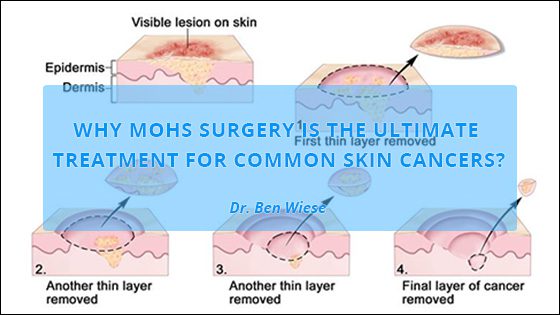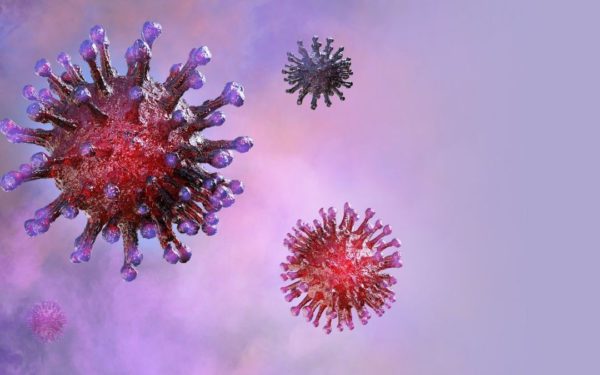Mohs surgery is widely considered as the most effective treatment option for many types of skin cancer, including squamous cell carcinomas (SCCs) and basal cell carcinomas (BCCs). The surgical procedure in performed in several stages, which allows the elimination of all cancerous cells while offering the highest cure rate. Often called Mohs micrographic surgery, this process does not affect healthy cells and leaves the smallest possible scar.
Initially developed by Dr. Frederic E. Mohs as chemosurgery in the 1930s, this technique was found promising in the field of dermatology by Dr. Perry Robins in the 1960s. He further tweaked the procedure and later began teaching and promoting it globally. Discussed below are several aspects of Mohs Surgery that make it an ideal treatment choice for skin cancers.
Choosing a Practitioner
To perform the surgery, a medical professional must be trained to qualify as:
- A surgeon who can remove cancerous tissues
- Pathologist who can assess lab specimens
- A surgeon who can reconstruct or close surgical wounds
Benefits
- Cost-Effective: A single visit is required for the process and the lab work is also done at the clinic/hospital. The process in outpatient and can be performed under the effect of local anesthesia.
- Accurate Outcomes: Nearly 100% of tumour margins are analyzed by the physician. The procedure spares healthy cells. Also, smallest possible scar mark is left after the surgery.
- Highest Success Rate: Mohs surgery can cure up to 99% of any skin cancer, which hasn’t been treated previously. Also, it can cure around 94% of those cancers that have recurred after being treated previously.
Stages of Mohs Surgery
While the surgery is done is several stages, the good news is that everything is done in a single visit. The patient just needs to wait between these stages. The lab examination is also performed on site. If any cancer cells are found remaining after the removal of the first layer of the affected tissues, the surgeon then finds where exactly the remaining cells are and accordingly removes the second layer of the tissues while minimally disturbing the healthy ones. The process is repeated until all the cancer cells are fully removed.
1. Examination and Preparation:The surgeon will examine the point on your skin where the biopsy has been done, and will mark it with a pen. The doctor may position you in a way to access the marked region easily. A surgical drape will then be placed on the affected area. The doctor will further administer local anesthesia to completely numb the region that has to be treated. However, you will remain conscious through the procedure.
2. Removal of the Top Layer: The surgeon will use a scalpel to remove the visible layer of the cancerous cells. Some skin cancers do have extensions or roots deep inside the skin that can be observed from the top surface of the skin. The 3rd stage determines the same. Your wound will then be covered and you can wait until the lab analysis is done.
3. Lab Assessment: This stage doesn’t include the patient. Instead, the surgeon cuts the tissue sections from the affected region and use different dyes to code each one of them. A map of the surgical site is then created. Later, the lab technique freezes the sections and slices them horizontally like a layered cake. The thin slices are later analyzed under a microscope.
4. Removal of the Second Layer: Under the influence of more local anesthesia, if required, the surgeon will then remove the second skin layer, which exactly has the remaining cancer cells. Thereafter, the patient will require waiting again for the second lab assessment. The whole process is repeated until all the cancerous cells are removed.
5. Wound Treatment: Once all the cancerous cells are fully removed from the treated area, the wound is either left to heal or closed using stitches, depending on the location and size of the wound. In several case, reconstruction is required with the help of a skin flap. Sometimes, the Mohs surgery is performed with the support from other medical physicians, such as a hand surgeon, oculoplastic surgeon, or a plastic surgeon. However, in most cases, the surgeons fix the wound soon after getting clear margins.
6. Final Steps: If the entire process requires more than two rounds, it may require the patient to stay at the facility for several hours. However, it is worth the wait owning to its higher success rates than any other technique. It is suggested to religiously follow all your surgeon’s instructions on wound and scar care post surgery for best results.




